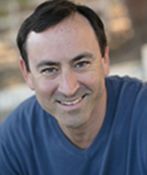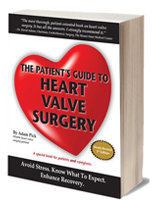North American Ross Consortium: What Should Patients Know?
Written By: Allison DeMajistre, BSN, RN, CCRN
Medical Expert: William Brinkman, MD, Ross Procedure Surgeon, Baylor, Scott, & White, The Heart Hospital Plano, Plano, Texas
Reviewed By: Adam Pick, Patient Advocate, Author & Website Founder
Published: May 15, 2025
The Ross Procedure is arguably the most complex heart valve operation that cardiac surgeons perform on patients with severe aortic valve disease. The procedure takes an average of six to eight hours and replaces the diseased aortic valve with the patient’s own pulmonary valve. A donor valve is then implanted in place of the pulmonary valve.
Utilization of the Ross Procedure has increased in recent years, particularly in high-volume centers with master surgeons with extensive experience performing several Ross operations every year. Collaboration between surgeons from various centers has proven to be a key factor in the growing success and continued positive outcomes of many Ross Procedure programs. This collaboration led to the formation of the North American Ross Consortium (NARC).
HeartValveSurgery.com’s founder, Adam Pick, met with Dr. Bill Brinkman to learn about NARC. Dr. Brinkman is a leading Ross Procedure surgeon at Baylor, Scott & White The Heart Hospital Plano in Plano, Texas. Dr. Brinkman has performed over 2,500 heart valve surgeries throughout his extraordinary career.
Facts About the North American Ross Consortium
Here are the key insights shared by Dr. Brinkman:
- What are you, your cardiac center, and other teams doing to manage the continued growth of the Ross Procedure, given that it is so unique and complex? “That’s a great question,” said Dr. Brinkman. “We have a group, a consortium, the North American Ross Consortium (NARC), we’ve developed with our team of Baylor, Scott, & White in Plano, the University of Washington in Seattle, Northwestern University in Chicago, and the University of Pennsylvania, all very experienced Ross Centers. We had a meeting today. We’re compiling our data, looking at outcomes, and getting very granular on the technical aspects of the procedure to try and standardize it. The Ross Procedure requires a master surgeon. There is a lot of mastery to it.”
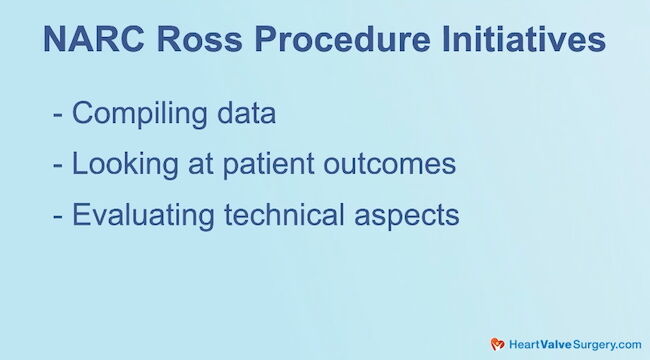
- NARC is developing guidelines for autograft support during the Ross Procedure. “We also develop some guidelines for recommended techniques with certain anatomic situations,” explained Dr. Brinkman. “That’s exactly what NARC is looking at because there are many ways to support the autograft, and that’s a critical aspect of making sure it’s stable and has good long-term outcomes with the Ross Procedure. Some surgeons support it with a Dacron graft, and others use native support. There are also surgeons who put it in a subcoronary position, and there are differing opinions on how they replace the right ventricular outflow tract, the pulmonary artery.”
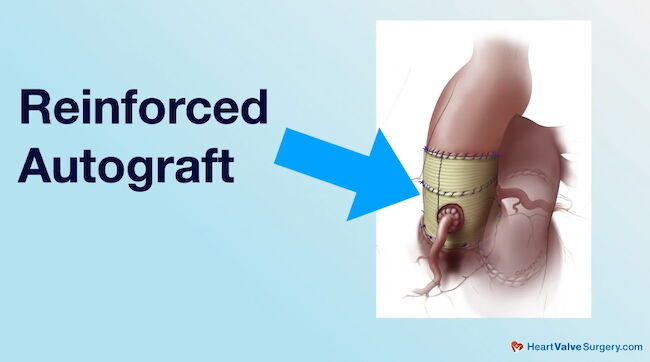
- How is NARC working to better understand the different techniques specific to the Ross Procedure? “All of the techniques can work,” stated Dr. Brinkman. “But, I think there is debate about which technique might be the best with each anatomic situation, and that’s what the NARC is trying to help surgeons get to the bottom of. We’re moving a little more from art to more of engineering. It will lead to better long-term outcomes with refinement of the technique.”
- Are Baylor, Scott & White, the University of Pennsylvania, Northwestern, and UW Medicine receiving funding to get the NARC going? “The individual sites have some internal funding, but the primary resource of our funding is a company called Artivion, and they’ve generously donated a significant portion of money,” said Dr. Brinkman. “They also provide the homografts when we reconstruct the RVOT or where the pulmonary valve was. So, it’s also in their best interest to support the Ross operations and ensure it grows well, because they want it to be a sustainable, good procedure for the future.”
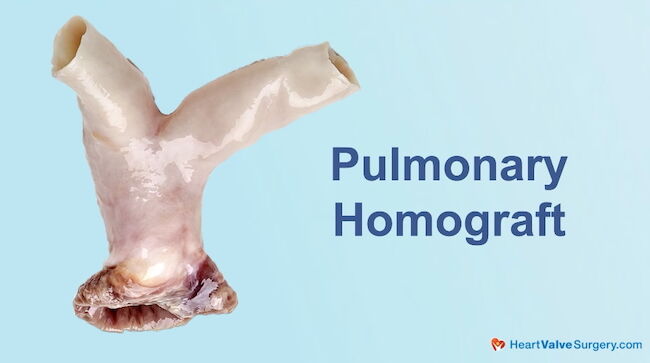
- Adam Pick added his thoughts on the NARC. “What I love about what you’re talking about is that it’s a community effort,” said Adam. “It’s not just about the surgeon. It’s the team. It’s the cardiac center. It’s Artivion. It’s educating people about all this great work that you’re doing.”
Thanks Dr. Brinkman and Baylor, Scott & White!
On behalf of all the patients in our community, thank you, Dr. Bill Brinkman, for everything you and your team are doing at Baylor, Scott & White The Heart Hospital- Plano in Plano, Texas.
Related links:
- Explore the Ross Procedure Patient Education Center
- Cardiac Research: Durability and Reoperation of the Ross Procedure
Keep on tickin,
Adam
P.S. For the deaf and hard-of-hearing members of our patient community, we have provided a written transcript of our interview with Dr. Brinkman below.
Video Transcript:
Adam Pick: Hi everybody. It’s Adam with HeartValveSurgery.com and we’re in Los Angeles, California at the Society of Thoracic Surgeons Conference. I’m thrilled to be joined by Dr. Bill Brinkman, who is a leading aortic valve surgeon at Baylor Scott White, the Heart Hospital Plano, in Plano, Texas. Dr. Brinkman, you and I have known each other for a very long time. As always, it is great to see you and thanks for being with me today at STS.
One thing we like to talk about is the Ross procedure. One, I’m a patient, and two, you’re a Ross procedure specialist. And what we’ve seen is over the last six years, an eight times increase in the number of Ross operations performed. in North America. I’m real curious to know what are you, your cardiac center, and other teams that focus on the Ross operation doing to manage this growth given the Ross procedure is so unique and complex?
Dr. Bill Brinkman: That’s a great question. We have a group, a consortium, the North American Ross Consortium we’ve developed with our team of Baylor, Scott, and White in Plano, the University of Washington in Seattle, Northwestern University in Chicago and University of Pennsylvania, all very experienced Ross Centers.
We had a meeting today. We’re compiling our data and looking at outcomes and getting very granular on the technical aspects of the procedure to try and standardize it. The Ross requires a master surgeon. There’s a lot of artistry to it.
But, what we do also develop some guidelines recommended techniques with certain anatomic situations. That’s exactly what NARC is looking at because, there are many different ways to support the autograft, and that’s a critical aspect of making sure it’s stable and have stable long term outcomes with the Ross procedure. Some people support it in a Dacron graft. Some people use native support.
Some people put it in a subcoronary position. and you have differing opinions on how they replace the right ventricular outflow tract, the pulmonary artery. All of which techniques can work, but I think anatomic situation. And that’s what the NARC is trying to help surgeons get to the bottom of.
Moving a little more from art to more of engineering, and that’s what we’re doing with this. It’s going to lead to better long-term outcomes in refinement of the technique.
Adam Pick: Last question for you is doing something like NARC often takes some resources and funding is anybody helping you, Baylor Scott and White, University of Pennsylvania, Northwestern and UW Medicine in Seattle, to get the NARC going?
Dr. Bill Brinkman: The individual sites have some internal funding, but the primary resource of our funding is a company called Artivion, and they’ve generously donated a significant portion of money.
They also are the people who provide the homografts when we reconstruct the RVOT or where the pulmonary valve was. So, it’s in their best interest also to support the Ross operations and make sure it grows well, because they want it to be a sustainable, good procedure for the future.
Adam Pick: Well, what I love about what you’re talking about is it’s a community effort. It’s not just about the surgeon. It’s the team. It’s the cardiac center. It’s Artivion. It’s educating people about all this great work that you’re doing. And on behalf of the patients, it is always great to see you, Dr. Brinkman, and thanks for everything you’re doing at Baylor Scott White, the Heart Hospital in Plano, Texas.
Dr. Bill Brinkman: Thank you so much.
